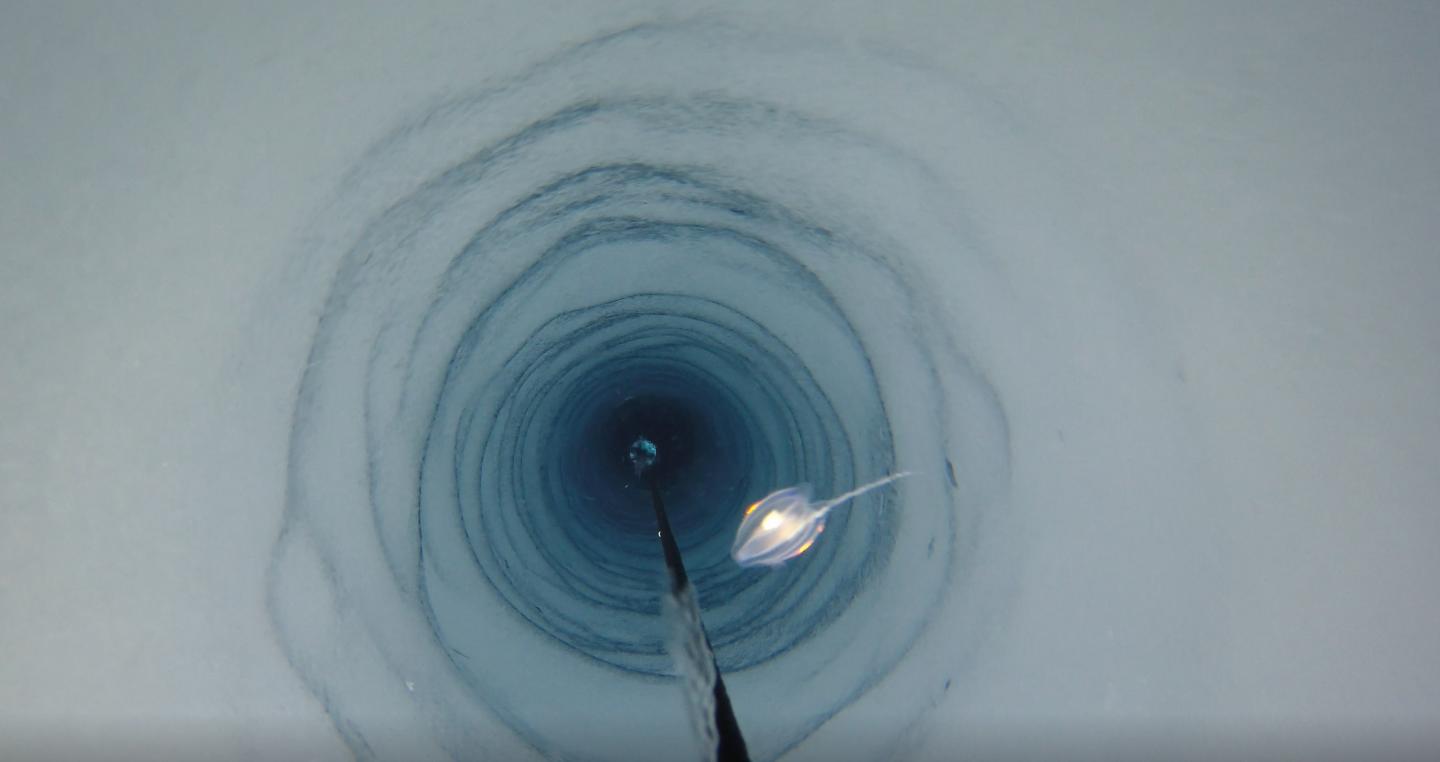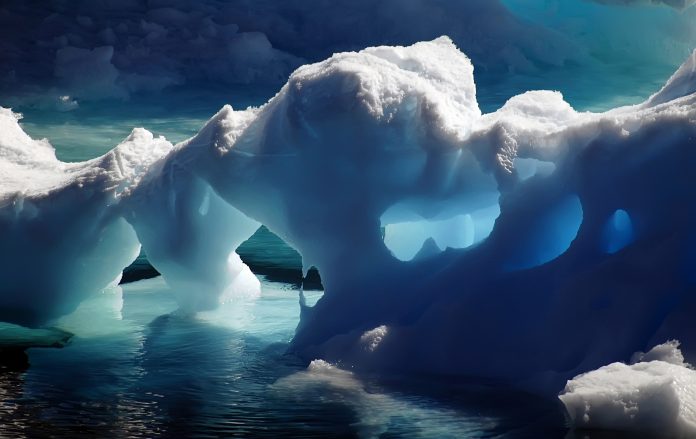Researchers dug a bore hole 900 metres into the Filchner-Ronne Ice Shelf, where they found something unexpected – “strange creatures” living in those -2.2°C depths
“This discovery is one of those fortunate accidents that pushes ideas in a different direction and shows us that Antarctic marine life is incredibly special and amazingly adapted to a frozen world,” says biogeographer and lead author, Dr Huw Griffiths of British Antarctic Survey.
The research team were drilling down through 900 metres of ice in the Filchner-Ronne Ice Shelf, which is on the south eastern Weddell Sea. It is one of the two largest ice shelves in the world, named after the German explorer Wilhelm Filchner. The region was claimed by the UK in 1908, then Argentina in 1942.
Today, Argentina, the UK and the US operate research stations along the Northern edge of the immense shelf. During an exploratory survey, the research team drilled 900 metres down into the Filchner-Ronne Ice Shelf. Under this thick ice, is complete darkness and an inhospitable temperature of -2.2°C – or so they thought.

‘What would happen to these communities if the ice shelf collapsed?’
Despite the fact that very few animals have ever been witnessed in these dark and icy conditions, the team found stationary animals living in small communities. They were attached to a boulder on the sea floor, which researchers were surprised to discover. The geologists were drilling to collect sediment samples, expecting to hit mud. Instead, they hit the rock that is home to these “strange creatures”.
This discovery has generated endless questions.
Dr Griffiths further commented: “Our discovery raises so many more questions than it answers, such as how did they get there? What are they eating? How long have they been there? How common are these boulders covered in life? Are these the same species as we see outside the ice shelf or are they new species? And what would happen to these communities if the ice shelf collapsed?”
First time scientists see animal life this deep under ice
In the past, scientists have found “small, mobile scavengers and predators” such as fish, worms, jellyfish or krill. But no organisms that depend on a supply of food from the surface have ever been found in the pitch-black, below freezing depths of the Antarctic before. It was theorised that such life forms could not survive this far under the thick shelf of ice.
This startling new ecosystem is increasingly fragile, as climate change continues to melt the ice shelves.
Dr Griffiths said: “To answer our questions we will have to find a way of getting up close with these animals and their environment – and that’s under 900 meters of ice, 260km away from the ships where our labs are.
“This means that as polar scientists, we are going to have to find new and innovative ways to study them and answer all the new questions we have.”











